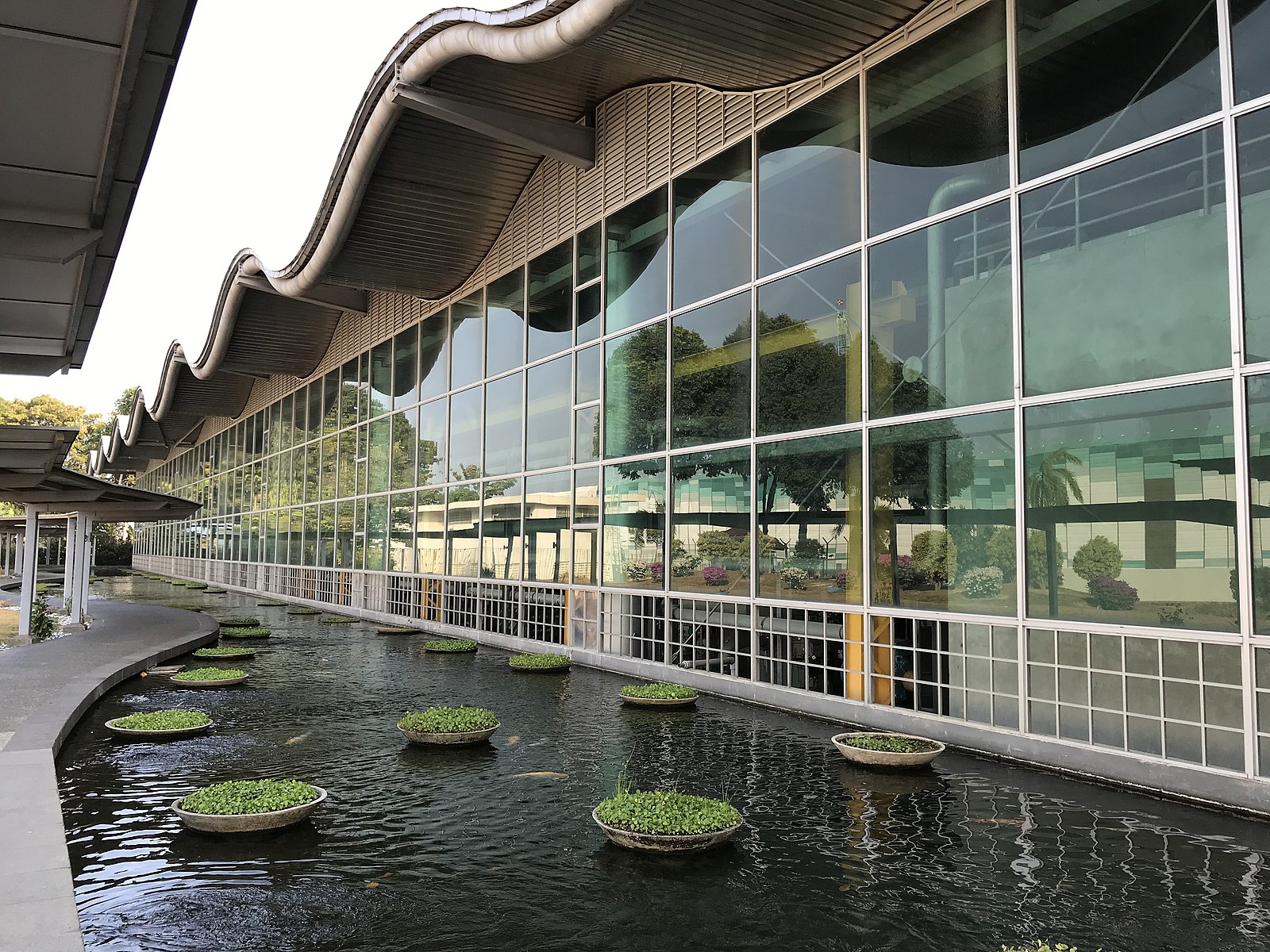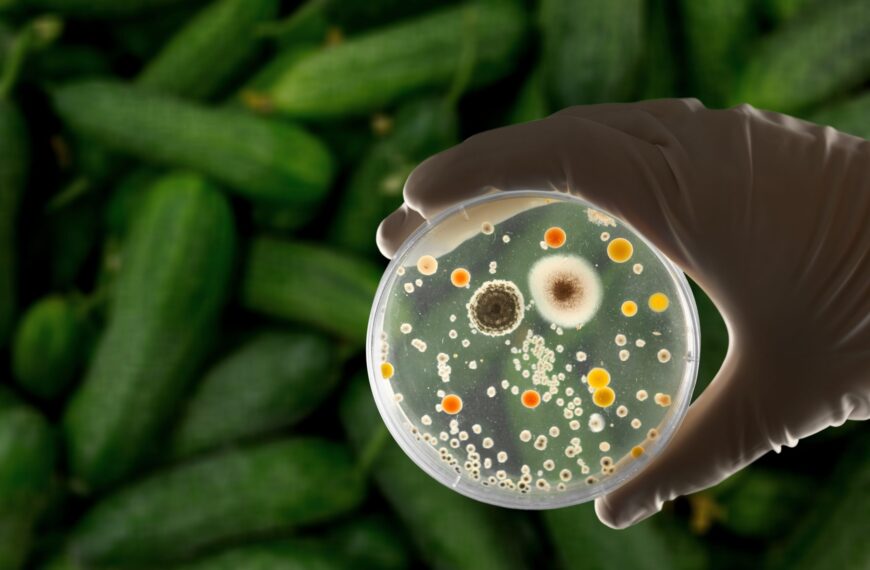NEWater: Singapore’s Answer to Water Security

Grace Bang
30 Oct 2023
NEWater is an innovative process where wastewater is purified through the processes of microfiltration, reverse osmosis, and ultraviolet irradiation. Today, NEWater in Singapore is primarily used for non-drinking purposes by industries with production requirements for high-purity water. This article aims to provide an understanding of NEWater and its importance to Singapore’s sustainability goals.
Since Singapore does not have natural water resources, NEWater provides a buffer for the water supply of Singapore against dry weather and reliance on water from Malaysia, moving Singapore towards greater water self-sufficiency. Compared to the traditional form of desalination, NEWater is more energy-efficient and cost-efficient to produce.
While using NEWater has significant advantages, there are certain stigmas associated with the water, mainly stemming from the fact that it comes from wastewater. This reluctance is one of the reasons why new water has not been adapted widely for drinking purposes. Yet, this stigma is unfounded. The test results from some 20,000 physical, chemical, and microbiological tests showed that the quality of NEWater consistently exceeds the requirements stipulated in the World Health Organisation (WHO) Guidelines for Drinking-water Quality and United States Environmental Protection Agency (USEPA) Drinking Water Standards. Today, NEWater quality is tracked under a comprehensive and robust sampling and monitoring program with about 300 parameters being monitored, including those set out in the WHO guidelines and USEPA standards, covering the entire NEWater supply chain to ensure the safety and quality of NEWater.
Given this, NEWater is currently the best way for Singapore to meet its growing water demands which are expected to double by 2065. It is inevitable that, without new technology, NEWater will present itself as a viable drinking water, overcoming the stigma that to this day has dogged its widespread use in consumption.
Want to learn more? See these additional resources:






Leave a Reply
You must be logged in to post a comment.